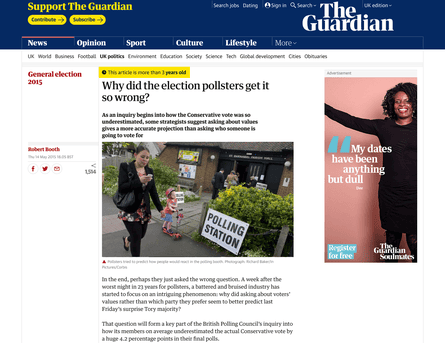News Articles for Beginners
Wiki Article
The Main Principles Of News Articles
Table of ContentsNews Articles Things To Know Before You BuyThe Only Guide to News ArticlesSome Known Questions About News Articles.See This Report on News ArticlesHow News Articles can Save You Time, Stress, and Money.
Excellent understanding of various subjects offers students an one-upmanship over their peers. Also though electronic and social media sites are easily accessible, we need to not fail to remember just how essential it is to review the newspapers. Moms and dads must attempt and instill the practice of reviewing a newspaper as an everyday regimen to continue the tradition of the adored print medium.News stories additionally contain at least one of the complying with crucial characteristics relative to the intended audience: distance, importance, timeliness, human rate of interest, anomaly, or consequence.
Within these limitations, newspaper article likewise aim to be detailed. Nonetheless, various other aspects are entailed, some stylistic and some acquired from the media kind. Among the larger and much more reputable newspapers, fairness and balance is a major consider offering details. Discourse is normally restricted to a separate section, though each paper may have a various total slant.
Newspapers with a global audience, for instance, tend to use an extra formal design of writing. News Articles.; usual style overviews include the and the United States News Design Book.
Getting The News Articles To Work
Generally, journalists will not utilize a lengthy word when a brief one will certainly do. They make use of subject-verb-object building and brilliant, energetic prose (see Grammar). They use stories, instances and allegories, and they rarely depend on generalizations or abstract ideas. News writers try to avoid using the same word greater than once in a paragraph (in some cases called an "echo" or "word mirror").
Headings in some cases omit the topic (e.g., "Leaps From Boat, Catches in Wheel") or verb (e.g., "Cat woman fortunate"). A subhead (likewise subhed, sub-headline, subheading, subtitle, deck or dek) can be either a subordinate title under the major heading, or the heading of a subsection of the short article. It is a heading that precedes the major message, or a group of paragraphs of the main text.

of an article subject, informant, or interviewee), it is referred to as a pulled quotation or pull quote. Additional billboards of any of these types may appear later in the post (specifically on succeeding web pages) to tempt more analysis. Journalistic websites sometimes use animation techniques to swap one billboard for one more (e.g.
The Of News Articles
Such signboards are likewise made use of as tips to the article in various other areas of the publication or website, or as ads for the item in various other magazine or websites. Press release of the Swiss federal government. Regular framework with title, lead paragraph (recap in bold), various other paragraphs (information) and contact info.
Instance of a hard-lead paragraph NASA is suggesting one more space task. The budget plan requests about $10 billion for the job.
An "off-lead" is the second most crucial front page information of the day. To "hide the lead" is to begin the post with background details or information of second relevance to the visitors, compeling them to review more deeply into a short article than they should have to in order to find the vital factors.
Indicators on News Articles You Should Know
Usual use is that one or 2 sentences each create their very own paragraph. Journalists usually define the company or structure of a newspaper article as an upside down pyramid. The essential and most fascinating aspects of a tale are placed at the start, with sustaining details adhering to in order of decreasing significance.It permits individuals to discover a subject to just the deepness that their inquisitiveness takes them, and without the charge of information or subtleties that they can take into consideration irrelevant, but still making that information available to much more interested readers. The inverted pyramid structure also enables articles to internet be trimmed to any approximate size throughout design, to fit in the space available.
Some writers start their tales with the "1-2-3 lead", yet there are several sort of lead offered. This style inevitably starts with a "Five Ws" opening up paragraph (as explained above), followed by an indirect quote that serves to sustain a significant aspect of the first paragraph, and afterwards a straight quote to sustain the indirect check my source quote. [] A kicker can refer to numerous points: The last story current program; a "pleased" story to finish the program.
Longer posts, such as magazine cover posts and the pieces that lead the within areas of a newspaper, are recognized as. Function tales differ from straight information in a number of means.
Facts About News Articles Uncovered
An attribute's initial paragraphs often associate an appealing minute or occasion, as in an "unscientific lead". From the details of an individual or episode, its view swiftly expands to generalizations concerning the tale's topic.
The Editor's Toolbox: A Reference Overview for Beginners and Professionals (2001) Allan M. Siegal and William G. Connolly. The New York Times Handbook of Style and Use: The Official Design Overview Utilized by the Writers and more info here Editors of the Globe's A lot of Authoritative Paper (2002) M. L. Stein, Susan Paterno, and R.
Report this wiki page